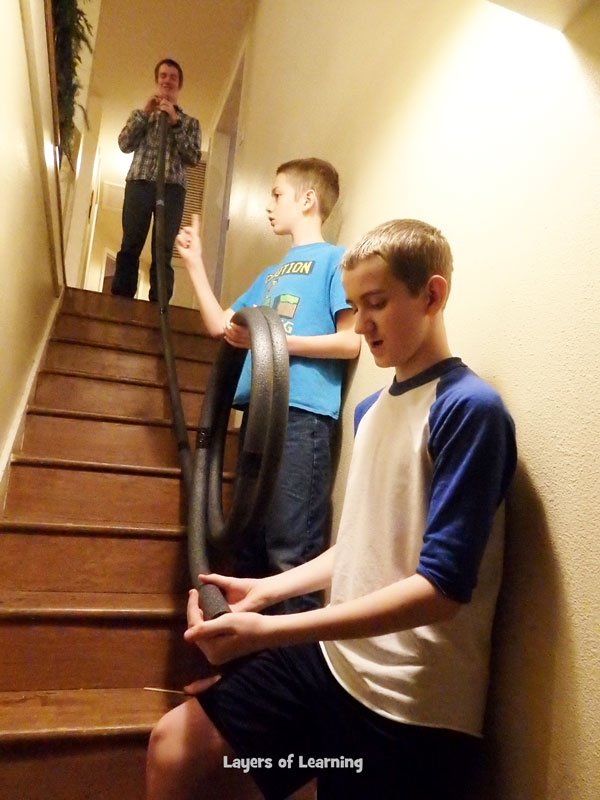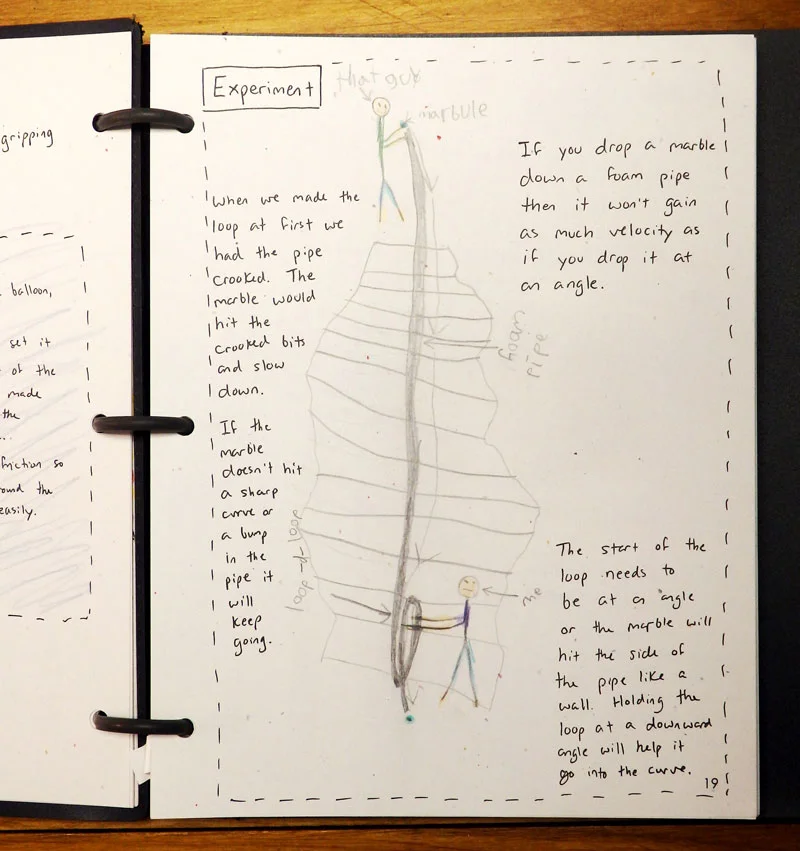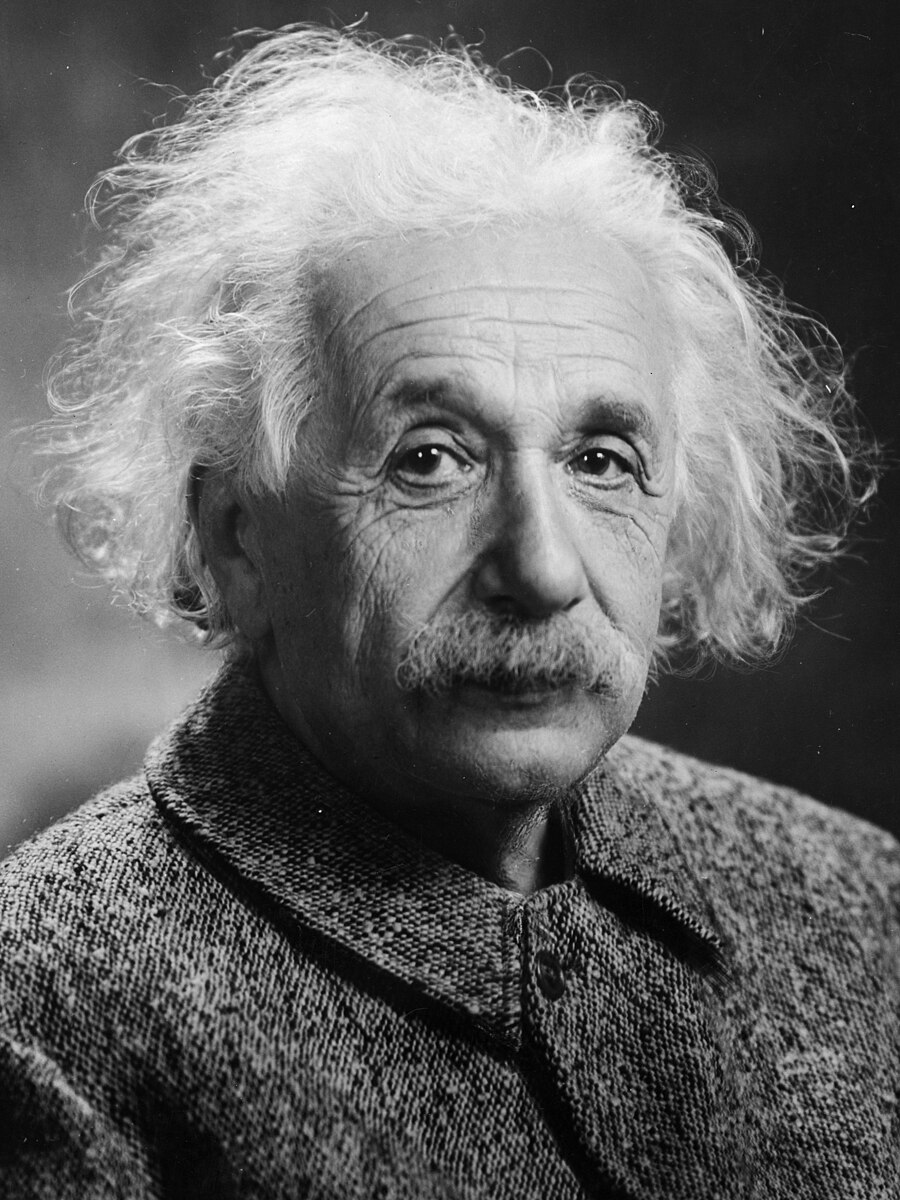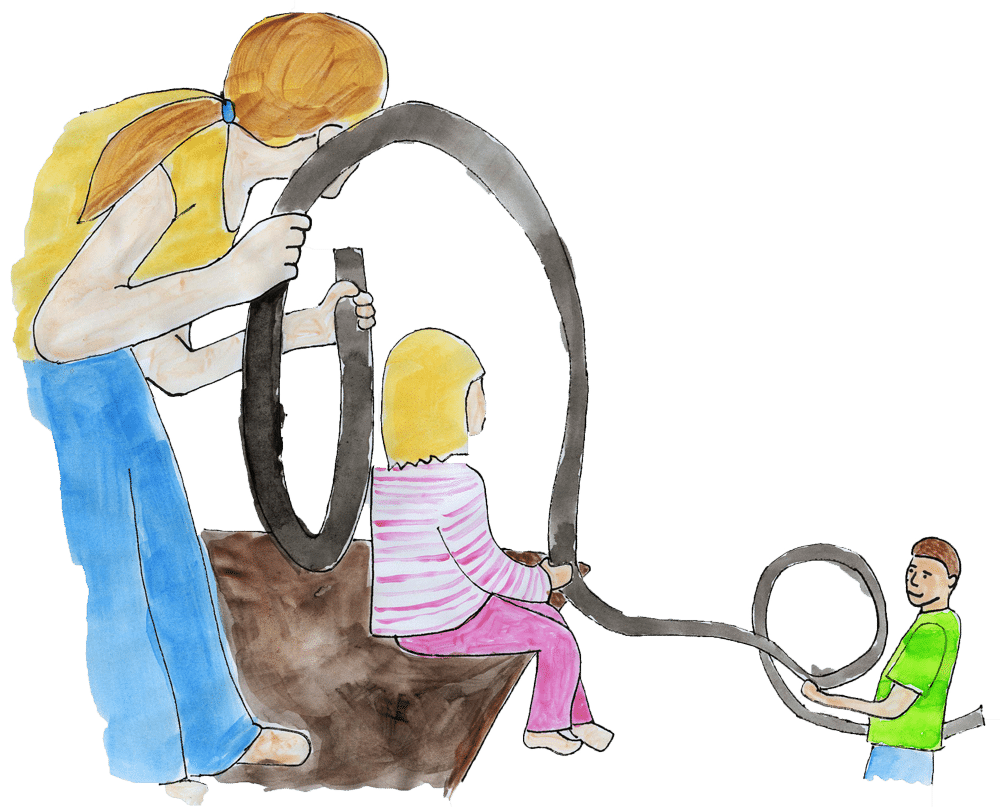This experiment is for all ages, as the colored smilies show. You can do the marble roller coaster challenge with your whole family together!




The marble roller coaster challenge is a physics experiment from Forces. Layers of Learning has hands-on experiments in every unit of this family friendly curriculum. Learn more about Layers of Learning.
Objects on earth always follow the same physical rules. Physics examines and explains those rules.
- Objects fall toward earth, the center of gravity.
- Friction slows movement.
- Force is required to change direction or speed.
These are some of the rules of motion.
Step 1: Library Research
Before you begin experimenting, read a book or two about motion. Here are some suggestions, but if you can’t find these, look for books at your library about motion, physics, gravity, and friction. The colored smilies above each book tell you what age level they re recommended for.
As Amazon affiliates, the recommended books and products below kick back a tiny percentage of your purchase to us. It doesn’t affect your cost and it helps us run our website. We thank you!

Gravity is a Mystery
by Franklin M. Branley

Step 2: EXPERIMENT: Roller Coaster Challenge
Get at least 18 feet (approx 5.5 meters) of styrofoam pipe insulation, a marble, and a roll of duct tape or masking tape.
The challenge is to create a roller coaster for a marble to ride down with at least one loop and one turn. The foam pipe insulation has tape you can rip off to seal the long edge. Use the duct tape to connect the pieces to each other, making a single long tube.
Let the kids experiment with dropping their marble through the foam pipe until they figure out what works.


- Talk about what worked and what didn’t, then talk about why some things worked.
- Discuss how friction affected their roller coaster, as well as the kind of speed needed to get through the loop.
- How was gravity helping and hurting their goal to get the marble through the roller coaster?
- How were each of Newton’s three laws of motion demonstrated by your roller coaster? If you don’t know the three laws of motion, look them up and learn them together.

For older teens only: Calculate the gravity acting on your marble.
- Weigh your marble on a scale ( a scientific scale or a kitchen scale), in grams. Then convert this mass to kilograms.
- Use the equation Fgrav = mg
In English this says: The force of gravity is the mass of my marble times the force of gravity on earth. Gravity on earth is 9.8 m/s2. So g is 9.8 m/s2 and m is the mass of your marble in kilograms. The number you get at the end is kgm/s2, which is newtons (N).

Step 3: Present Your Findings
Next, have the kids draw a picture of their roller coaster experiment with explanations of what happened. Older kids can show and explain their calculations. Younger kids can have mom or dad write while they talk.

Be sure to give each child an opportunity to verbally present their findings to the group as well, explaining what happened in terms of the physics. The presentation is not time for criticism, just claps and perhaps some questions from the audience.
Additional Layers
Additional Layers are extra activities you can do or tangents you can take off on. You will find them in the sidebars of each guidebook. They are optional, so just choose what interests you.
Writer’s Notebook
What would a world without friction be like? Could you walk with nothing to push against? If you were moving, how could you stop? Could you get moving again?
Think through a day without friction and write it in your Writer’s Notebook. Would you want to live in a world like that?
Additional Layer
Some injuries like rug burns or blisters are caused by friction.

Learn how to prevent and treat these injuries.
Famous Folks

Albert Einstein was a brilliant scientist who turned all our ideas about motion and gravity completely upside down. He is known as the father of modern physics. Learn more about him.
Get a Free Unit
Choose between the first unit in each Layers of Learning subject to try for free when you sign up for the newsletter.
We never spam and you can cancel your subscription at any time.





